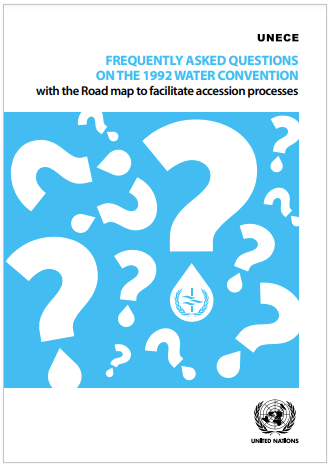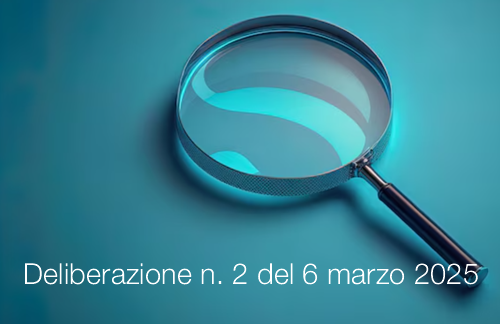Regolamento (UE) 2015/2002: dicitura rifiuti pericolosi "HP UE"

Regolamento (UE) 2015/2002: dicitura rifiuti pericolosi "HP UE"
Regolamento (UE) 2015/2002 della Commissione del 10 novembre 2015 che modifica l'allegato IC e l'allegato V del regolamento (CE) n. 1013/...

































